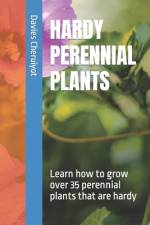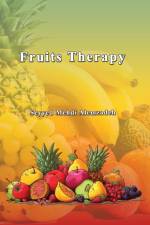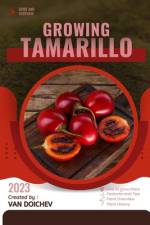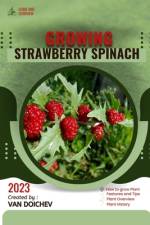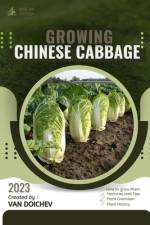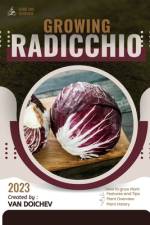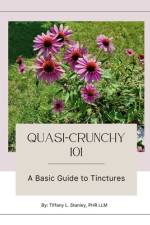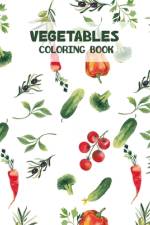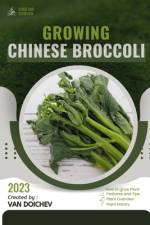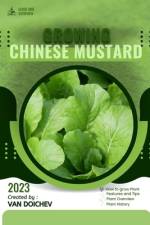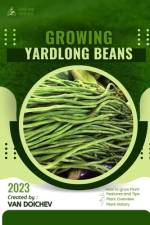- The A-Z Guide to Interior & Architectural Lighting
av Nour Ahmed
1 105,-
Lighting is not just a mere element of design, but a powerful tool that can evoke a wide range of emotions within us. It's like a symphony that orchestrates our moods, creating a beautiful melody of feelings that resonate with our soul. why to choose this book ?This e-book is your gateway to the world of lighting design. We equip you with the knowledge and techniques to transform any space into an illuminated masterpiece. The realm of lighting design can be overwhelming, but fear not! This e-book isn't meant to be memorized. It's your invaluable companion, always ready to provide insights and solutions for your lighting endeavors. We go further, guiding you to think like a professional lighting designer, enabling you to see spaces through the eyes of an artist. By mastering the techniques shared here, you'll elevate your skills and design spaces that transcend the ordinary. Discover how to harness light's power to create captivating atmospheres, draw attention to architectural features, and evoke emotions. Learn lighting professionals' secrets as we demystify complex concepts into easy-to-understand principles. Throughout this e-book, we unveil techniques that empower you to use light as your brush and space as your canvas. Unlock your creative potential and gain the confidence to experiment, innovate, and create stunning lighting designs. Immerse yourself in the world of lighting design. Let this e-book be your trusted companion on a journey of exploration and inspiration. Embrace the art of drawing space with light and the mindset of a professional lighting designer. Your journey to illuminating brilliance starts here. THE BOOK CONTAIN 1-Basics of Lighting Design: The book begins by introducing fundamental principles, terminology, and techniques in lighting design, emphasizing how lighting can enhance both aesthetics and functionality. 2-Lighting Technologies: It explores modern lighting technologies like LED, incandescent, and fluorescent lighting, providing insights into their characteristics, advantages, and applications to aid in selecting appropriate fixtures. 3-Lighting for Different Spaces: The book addresses the unique lighting requirements of various spaces, such as living rooms, bedrooms, kitchens, offices, retail stores, and outdoor areas, demonstrating how lighting can create specific atmospheres and enhance functionality. 4-Design Strategies: Professionals' design strategies, such as layering light, controlling brightness and color, creating focal points, and integrating lighting with architectural elements, are explained to achieve visually engaging and harmonious results. 5-Case Studies: Real-life case studies showcase exceptional lighting designs in different settings, offering insights into the design process, challenges, and innovative solutions employed. 6-Practical Tips: The book provides practical tips and suggestions for selecting bulbs and fixtures, considering energy efficiency, and incorporating lighting controls, enabling readers to make informed decisions and achieve optimal lighting results.7-Inspiration: Readers are encouraged to explore creative lighting concepts, trends, and emerging technologies, demonstrating how lighting can evoke emotions, highlight architectural features, and enhance the visual appeal of spaces.








